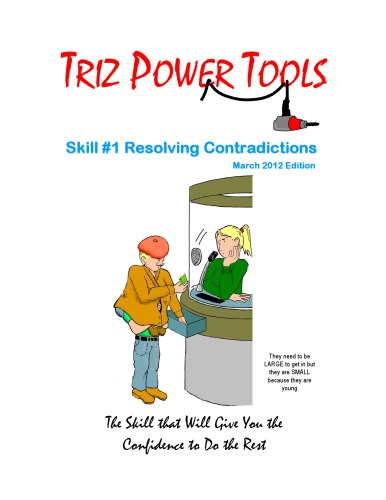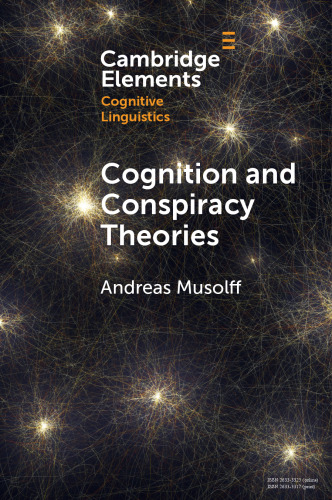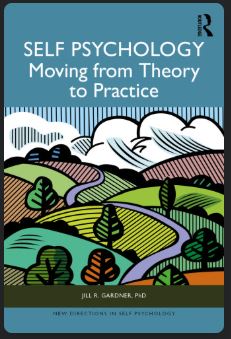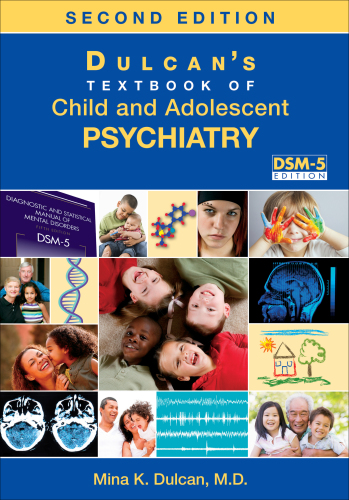دانلود کتاب TRIZ POWER TOOLS Skill # 1 Resolving Contradictions The Skill that Will Give You the Confidence to Do the Rest - PDF
Author:
Collaborative Authors
0 (0)
توضیحات کتاب :
If you are reading the PDF format—navigate the algorithms with the “Bookmarks” to the left. L1, L2, L3 correspond to levels of the algorithm. The levels are hierarchal; you can go as deeply as required to resolve your problem. Lower levels (L1, L2) have consolidated methods. If you are using the book then use the Table of Contents for the Algorithm) Resolving contradictions is one of the most useful and fundamental aspects of TRIZ because it greatly expands the solution space. It allows us to consider turning many more knobs than we would normally be allowed to turn. Resolving contradictions allows us to improve something without making other features worse. At the heart of most contradictions is a knob that must have two settings. For instance, we talked about a vehicle that needed to have a small volume in order to create low drag and a large volume to carry lots of cargo. This appears to be physically impossible, yet we will try to make this happen. Common Approaches for Dealing with Contradictions There are several approaches to dealing with contradictions: 1) Discount one or both of the conflicting properties. This is a common approach used in theological, political, negotiation or historical settings. . 2) Compromise somewhere between both conflicting properties. This is a standard approach taught in most schools and widely adopted throughout industry for resolving problems of all genre. 3) Deliver both properties to the required degree by resolving the contradiction. This is an unusual approach that can apply to problems of all type. 4) Allow only one of the properties and then compensate by turning another knob. This is also a valid approach which we will call “compensation”. The first approach of discounting one or the other conflicting properties, can be referred to as the ostrich approach or throwing the hand grenade back over the wall. Either we do not face the problem or we force someone else to deal with the problem. In this case we would either deny that the drag existed or we would deny that the volume was too small. As mentioned, this approach is less common in the world of physics, but it can happen in the realm of marketing. For this text, we will not discount either property but rather assume that we are only dealing with situations where the requirement for both properties are valid because we have thoroughly analyzed the situation The second approach is to compromise and make the volume larger but not “too large”. The problem with this thinking is that we now guarantee risk. If we are building the vehicle for public sale, we may find that the cost of operation is too high for some customers and the volume too low for others. In order to perform an artful compromise a lot of data needs to be collected and models built. This can be time consuming. In addition, it is likely that this risky situation that will be perpetuated in future generations. Due to these drawbacks, we will not be applying this approach in this text. The third approach is to resolve the contradiction without compromising. Nobody, including future generations, needs to live with the problem. When we learn how to do this, we will find that there are a lot more knobs that we can consider turning to solve problems. This skill is liberating to problem solvers who find that the solution space is much larger than they supposed.
سرچ در وردکت | سرچ در گودریدز | سرچ در اب بوکز | سرچ در آمازون | سرچ در گوگل بوک
960 بازدید 0 خرید










